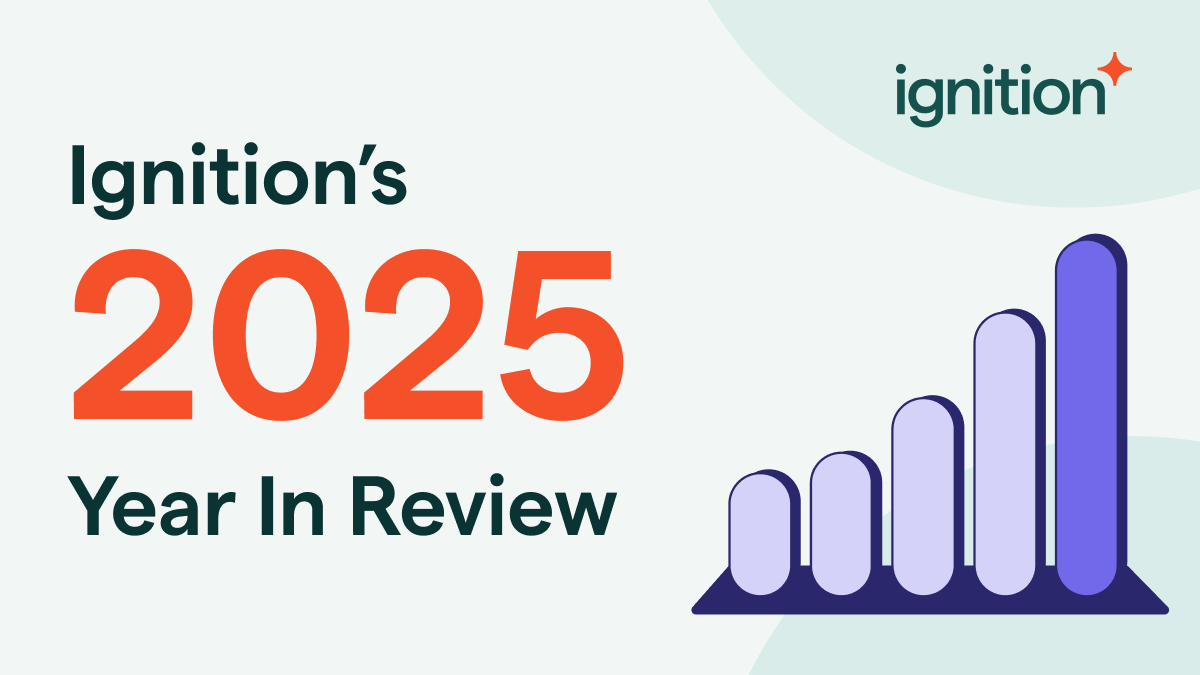Setting Your Price: Fixed Fees, Value Based Pricing and Agreed Fees Broken Down


Foreword
You associate a different value with each of these cars and naturally one will stand out. This is the customers perspective, keep this in mind as you read this blog. It will put it all in perspective.
Breaking down pricing options...
Fixed fee, value based, agreed fees. These pricing schemes above all have two things in common:
- They are not decided by the hours that are billed for each client;
- There’s a price for the deliverable.
Ron Baker of VeraSage Institute said: "The accounting or professional services firm of the future will price its services based on external value provided, not internal efforts generated.” In short, time spent on a job will not factor into what the clients pays when billing. Ron was featured in a great post on Xero’s blog that summarises this.
Here’s our run down:
- FIXED FEES - set pricing for each module of service.
- VALUE BASED - determining on a client by client basis the value of work up front and deciding on a price.
- AGREED FEES - Setting a price with the client on total fees to be charged for the work to be undertaken.
Which pricing model should I choose?
We asked the founder of Ignition Guy Pearson to explain which one of the above an accounting firm would choose and why:
FIXED FEES are great to be able to provide a quote at any time and in a scalable manner where you’re looking for volume of clients that will lead into more projects or other priced jobs later in the piece.
VALUE BASED PRICING is the closest way of using a % of the perceived value you provide to your customer and creating an invoice for this amount. This is tricky as it can often lead you to be undercut yourself if you’re not careful.
AGREED FEES are mostly used in two ways:
- Project work where the outcome may be uncertain.
- Where you are simply looking to get the client onboard for a fee they think is reasonable.
The most common example of this is asking how much your client's last accountant charged and simply taking 10% off. In Guy’s opinion fixed fees should be implemented in every practice for regular routine work and then have agreed or value based work for high level advisory or project based work. Guy is a big advocate that pie in the sky pricing is not allowed either, make sure you do your work.
Lastly, if you’re looking at a fixed fee approach for work, make sure you have time sheets in place to identify where your firm is inefficient and then identify ways through systems to make the existing process more efficient so as your margins go up for fixed fees across the board.

Taking the leap
There is a perceived risk involved in changing away from time/cost billing. Let’s face it - change is risky, but no change means your stagnant. The high growth firms that we see using Ignition are using these methods. Ignition was built to enable them, to allow for large volumes of client transactions and to take the pain out of managing these types of agreements.
Pricing your services: We will be diving into fixed fee pricing methodology very soon on this blog. Subscribe to our newsletter so we can let you know when we post it.
We've compiled a list of some accounting firms that are great examples of putting these pricing models into practice:
Interactive Accounting: Fixed fees + agreed fees for project work
Rightway: fixed fees
Cloud Accountants: fixed fees
Wow Company: fixed fees
ProfitPal: fixed fees
All of the firms above have growth rates consistently per annum of 25+% and some exponential.
In closing
"The future is here, it is just unevenly distributed. The firm of the future will offer fixed prices, upfront, for every service it provides, just like every other business. Firm leaders will remove the artificial ceiling they have placed over their firm’s head by the antiquated hourly rate billing method. As a result, they will finally begin to get paid what their customers already believe they are worth.” - Ron Baker
We like to think that customers will ultimately choose a service based on deliverables and service. This is how customers define your worth, not by the rate card you’ve put in place.
Do you need a hand?
We at Ignition will be providing more guidelines on issues such as pricing your service and methodologies, but we also have partners who are committed and knowledgable in helping your firm get the right pricing strategy.
Ignition is the engine to implement your new look practice pricing and scale to new heights.


